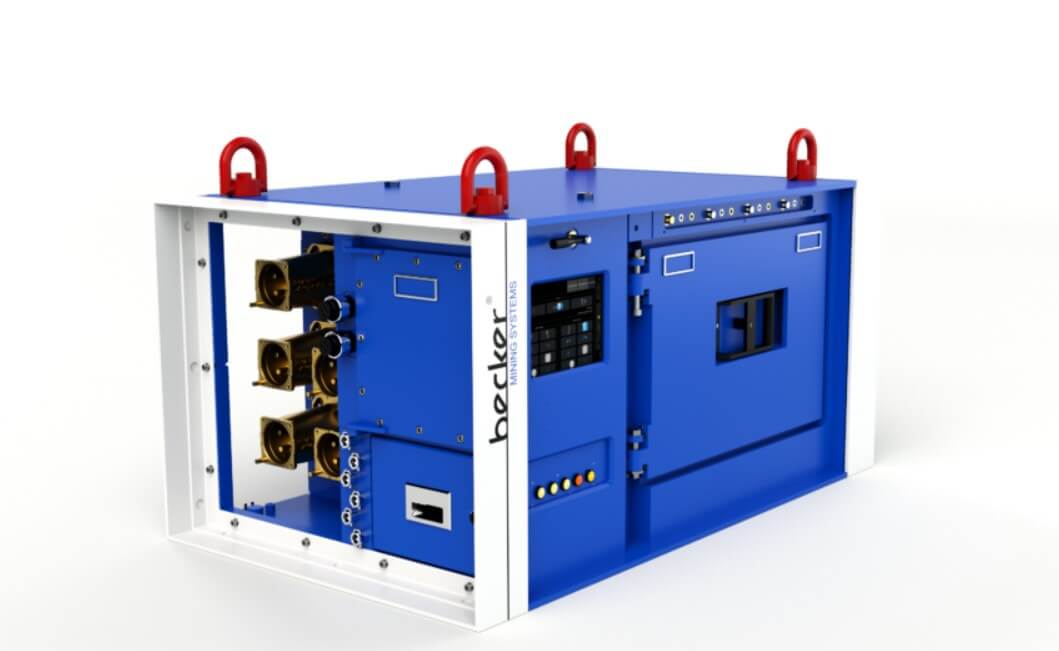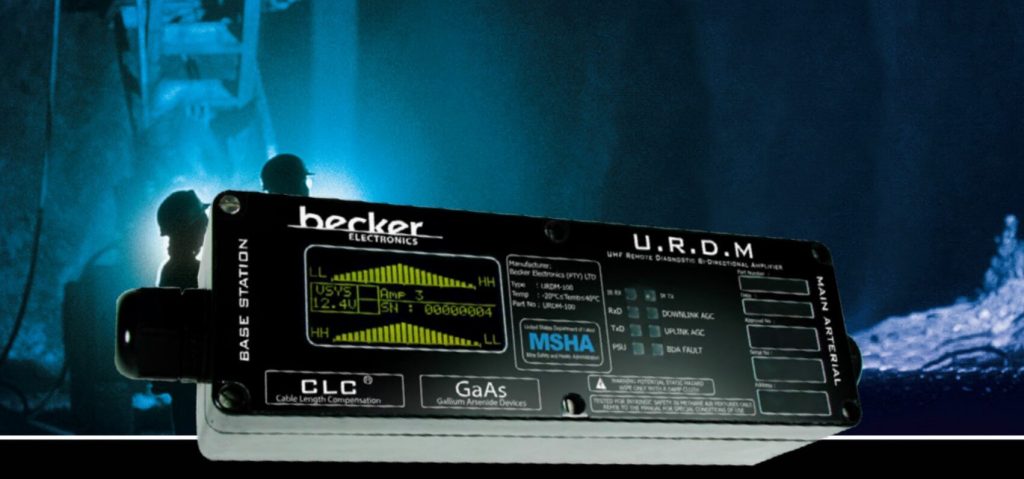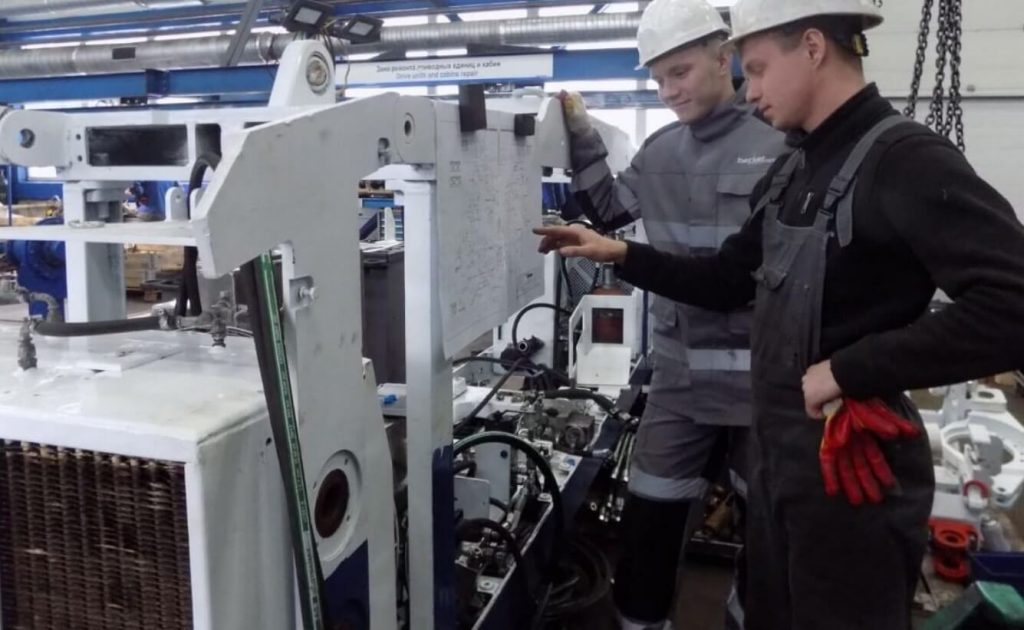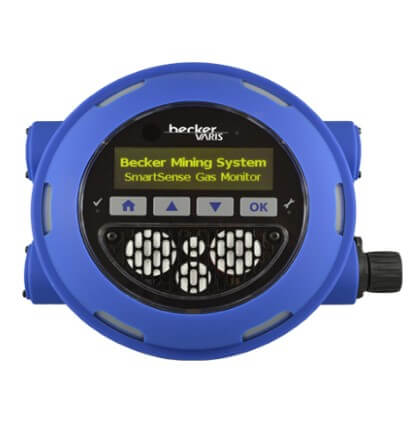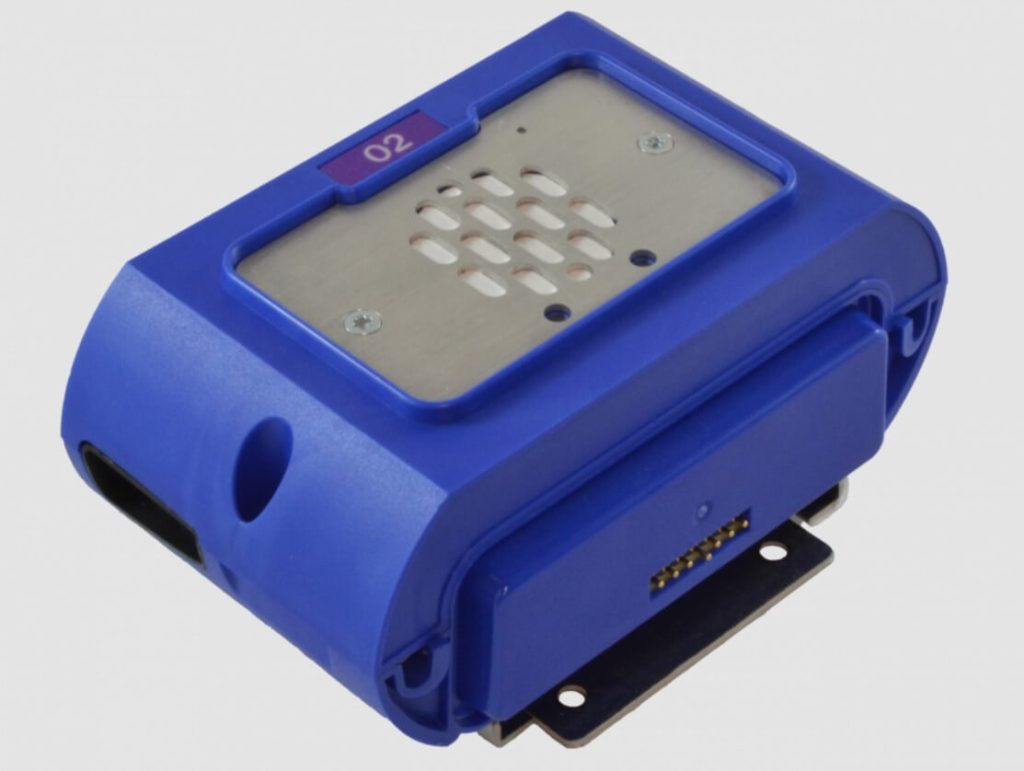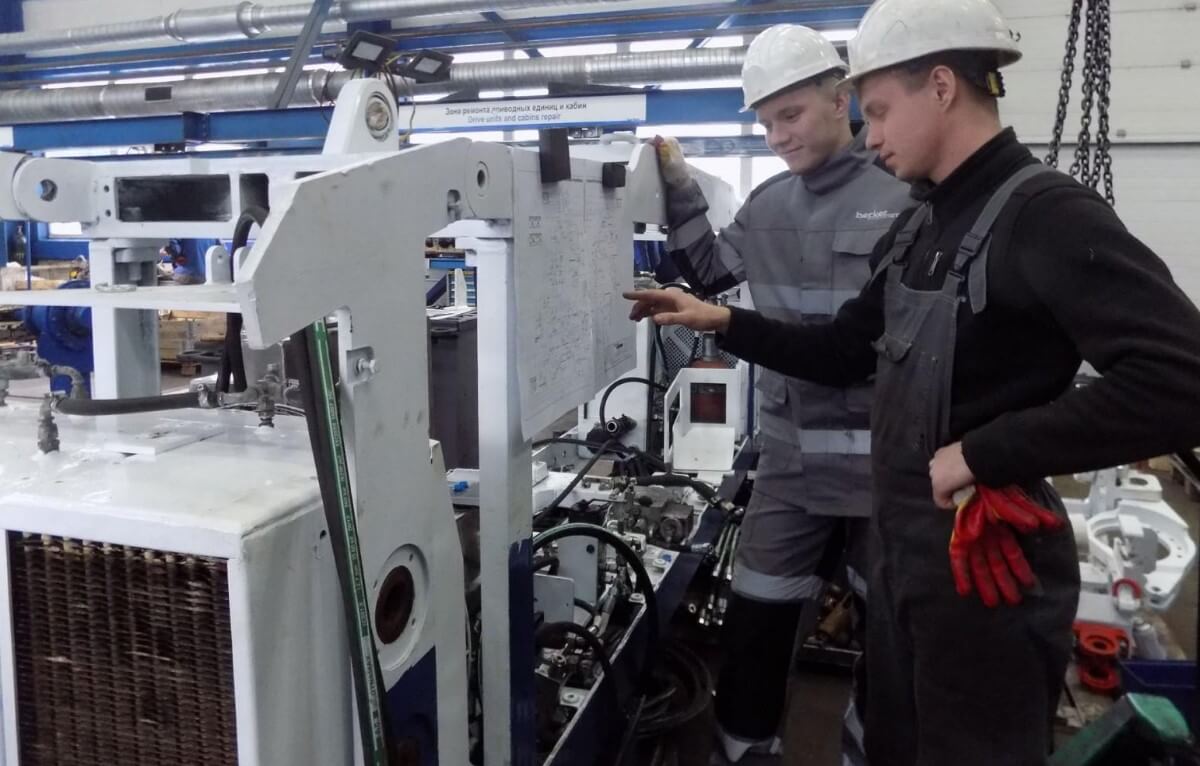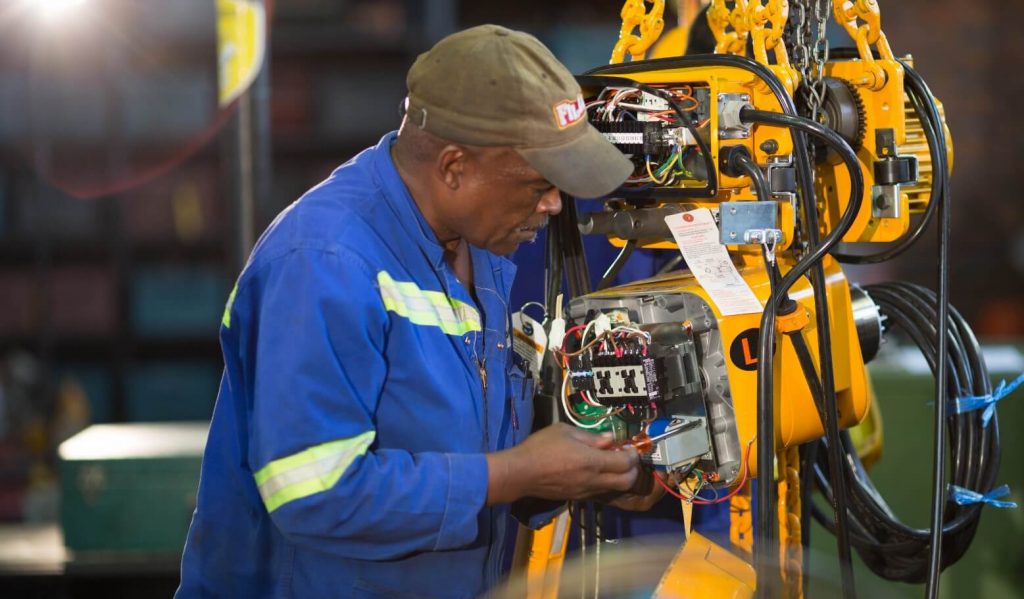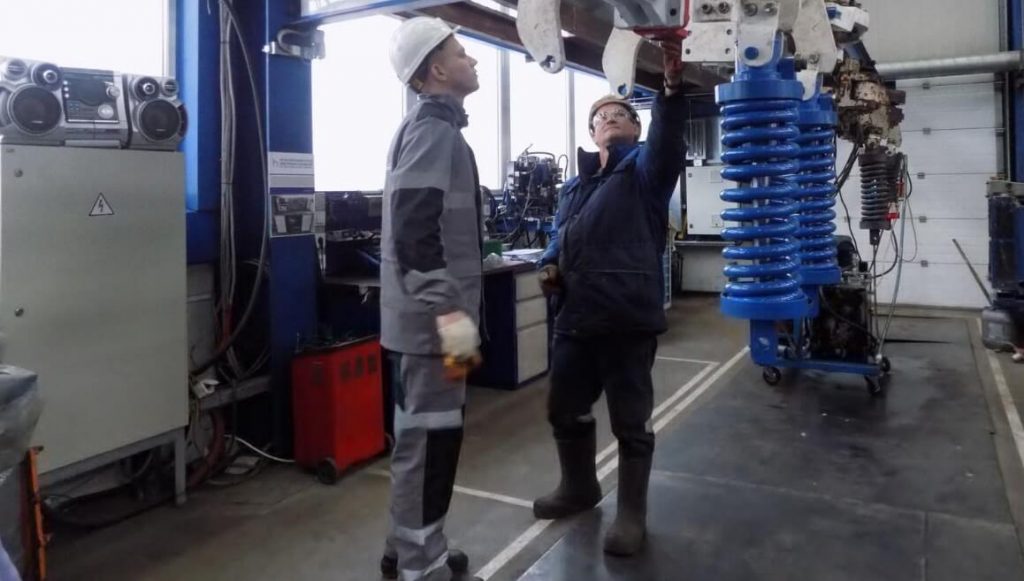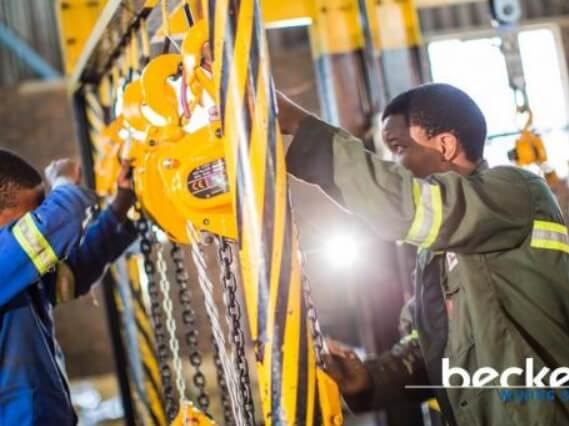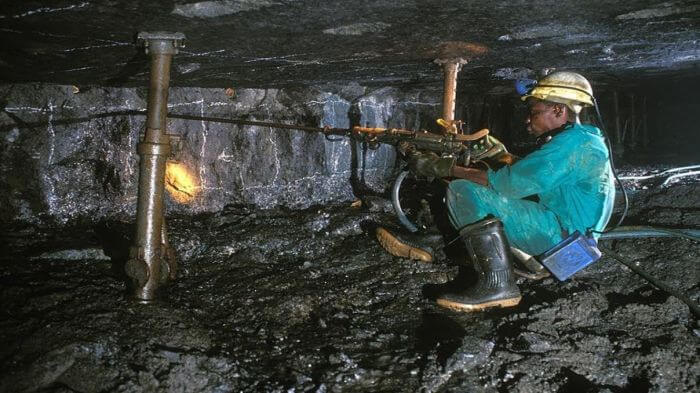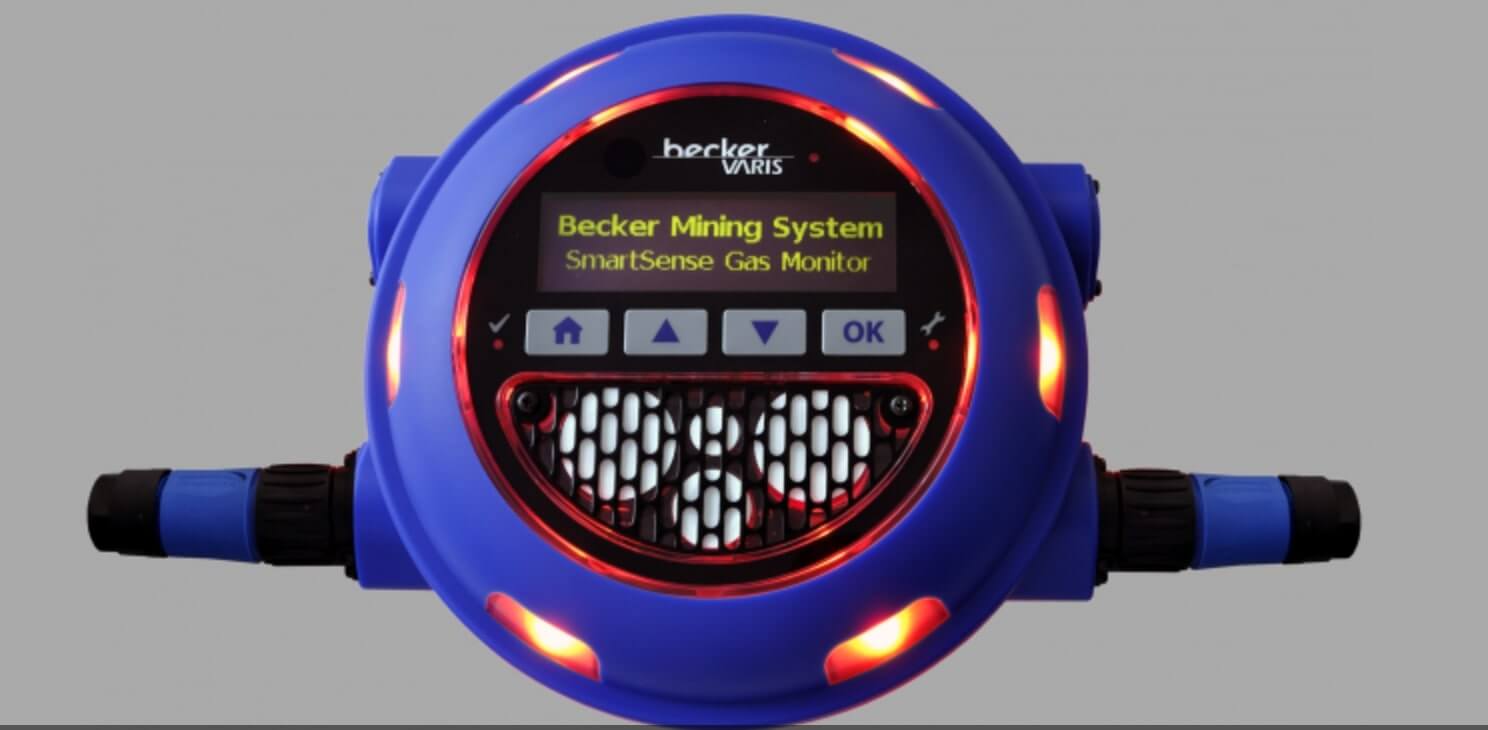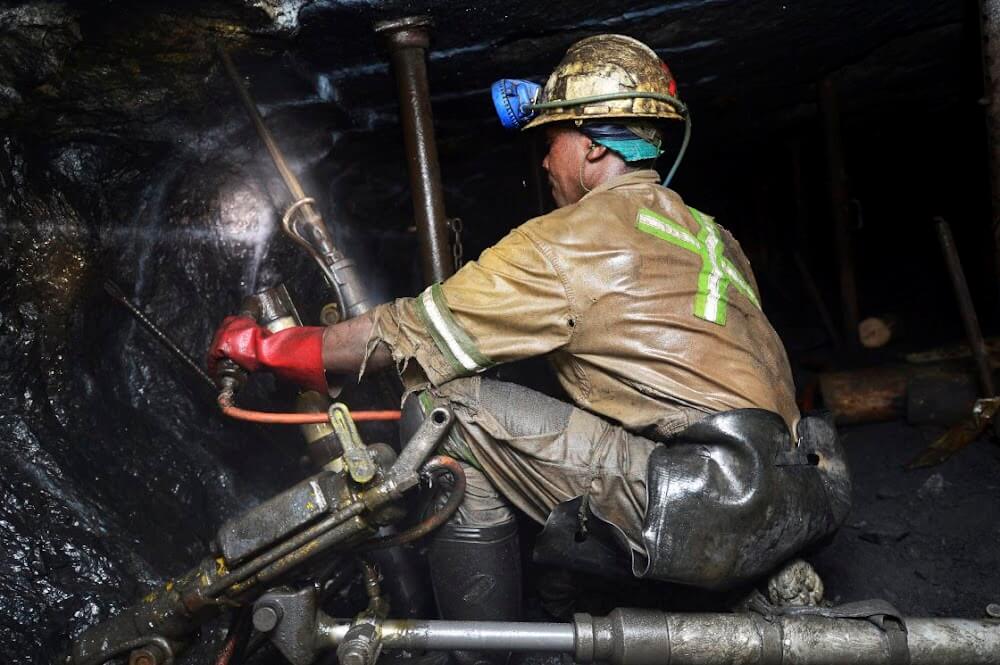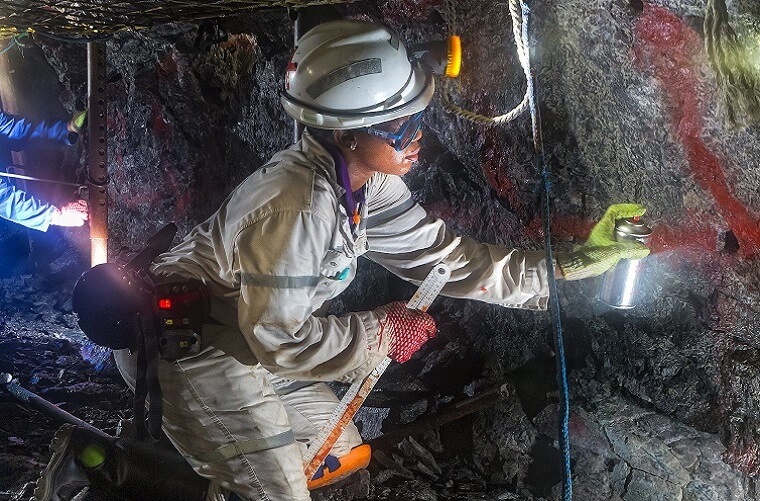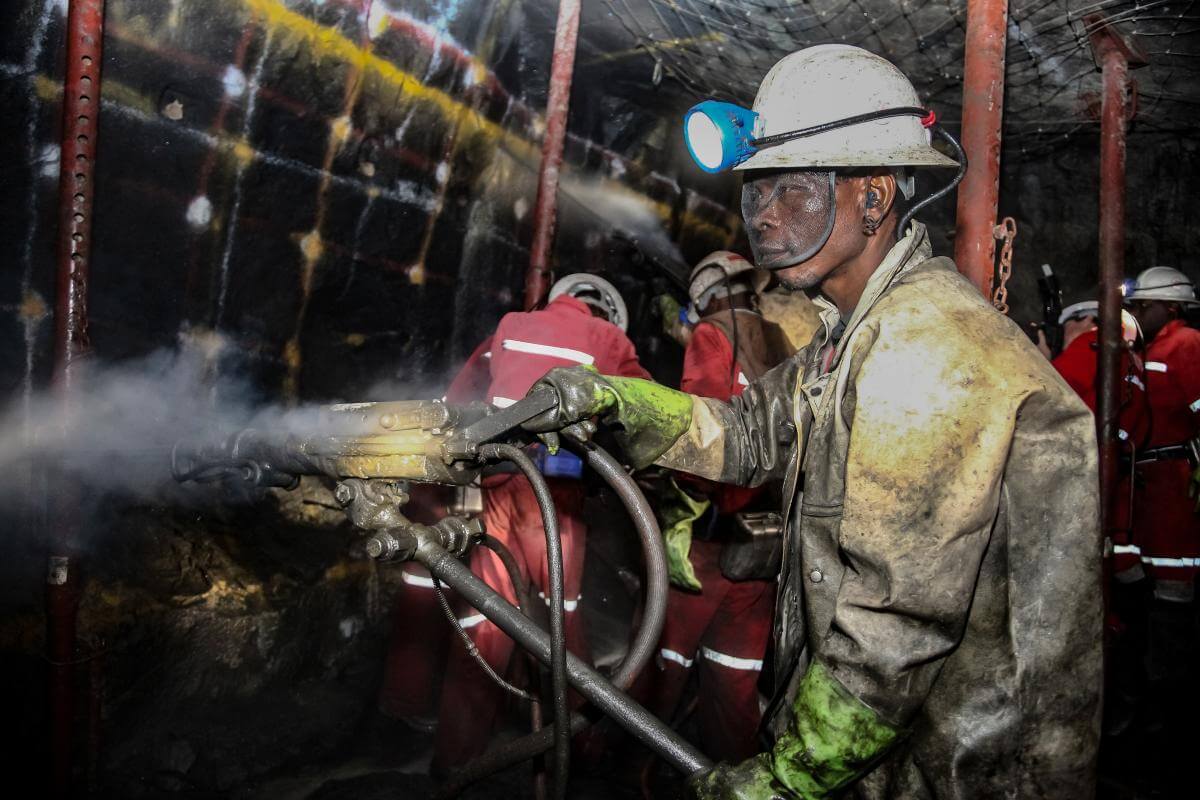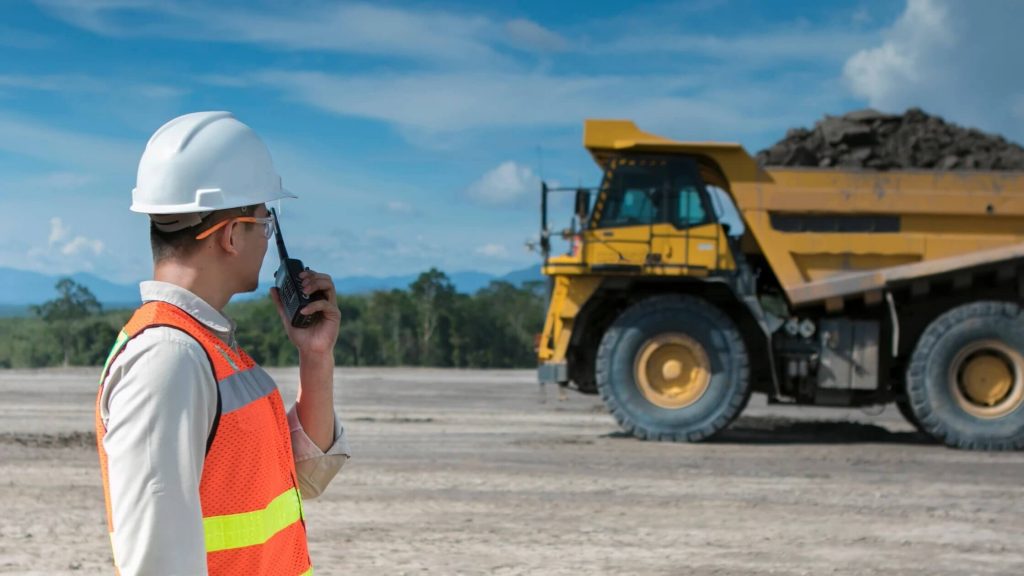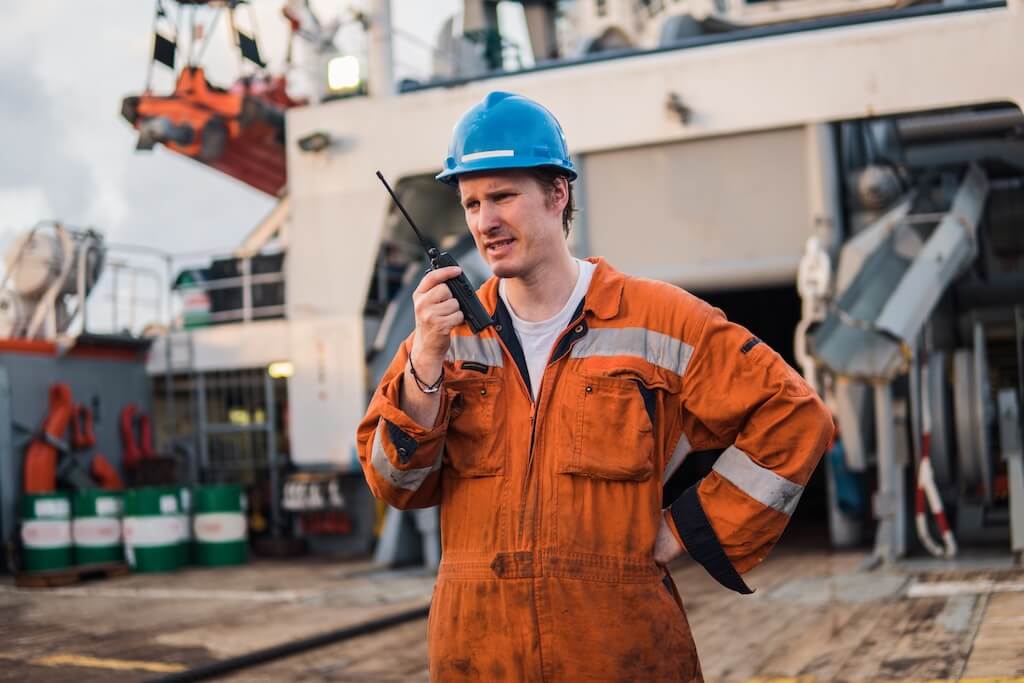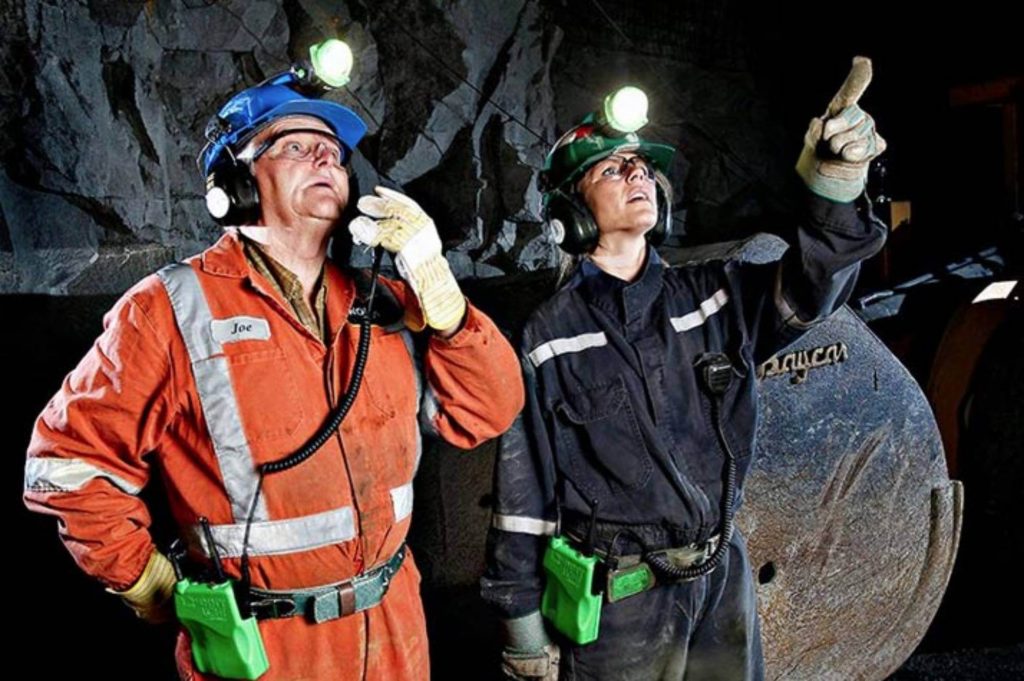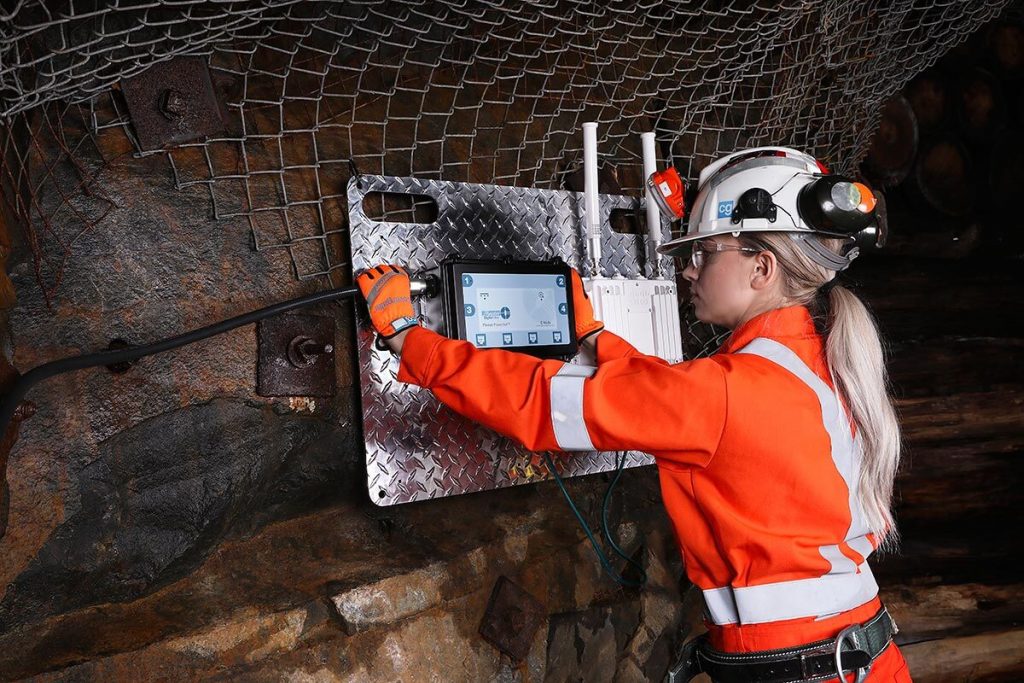Regular maintenance of critical underground mining equipment components ensures smooth operations and maximizes the mining industry output. Crushers break down raw materials, drills make access points, earthmovers handle excavation and transportation, and blasting equipment helps in extraction. Because these components’ roles are essential, a comprehensive maintenance procedure is required to ensure their safety.
The safety of these tools is equivalent to the protection of personnel using them. Mining operators may avoid breakdowns by performing routine maintenance on these components, such as inspecting and lubricating, checking hydraulic systems, and monitoring performance. It also increases efficiency and prioritizes safety on the mine site.
The Importance Of Daily Underground Mining Equipment Maintenance
Daily maintenance checks are imperative for preventing malfunctions and accidents in mining. Operators can easily detect and repair potential errors through them before using underground mining equipment. undefined
- Preventing Breakdowns: Performing daily maintenance check-ups enables the operators to identify the indicators of wear and tear, leaks, and broken components.
- Optimal Performance: By checking the levels of the fluids, filter belts, etc., the operators ensure that all are in order, which reduces downtime and increases productivity.
- Extending Equipment Lifespan: Daily measurements and prompt reaction to errors help operators prevent premature wear and postpone equipment replacements or costly repair works.
GET IN TOUCH
In a hurry? Call us at +1-724-515-4993
5 Best Strategies For Underground Mining Equipment Maintenance
To develop a thorough preventive maintenance program, follow these critical components:
Preventive Maintenance
Create a preventative maintenance plan that considers your objectives. You should develop a maintenance strategy if you have identified your essential and non-critical assets. To develop a thorough preventive maintenance program, follow these critical components:
- Create a goal-aligned maintenance approach.
- Plan out maintenance activities, schedules, and processes.
- Create a record-keeping system for maintenance activities.
- Manage spare parts effectively.
- Maintain equipment performance and analyze data.
- Develop a culture of constant development.
- Perform regular audits and reviews.
Proper Education And Training
The mining sector is characterized by sophisticated technologies requiring specialized skills and knowledge to operate and maintain. The employees should be adequately inducted and trained to handle and sustain mining equipment. Consequently, the level of safety increases, and human error in the operation of mining machines is reduced.
Quick Care For Wear And Tear
Large and complicated machinery will show wear and tear even after constant usage. However, something does not need to be discarded simply because it occurs frequently. You may extend the unit’s life and increase output by swiftly addressing minor faults during routine maintenance and mining equipment repairs.
Keep Equipment Lubricated
Lubrication is indispensable if your machinery is to function correctly. If you do not lubricate your machine well, it could lead to some parts not operating correctly or they break down. Contrary to the above fact, too much lubrication leads to the formation of grease, which in turn results in energy loss. Workers must know how and when to lubricate underground mining equipment to prevent breaking down and disrupting operations.
Proper Cleaning Of Equipment
Owing to the peculiarity of a mining environment, there is the presence of pollutants, which are almost impossible to avoid. This means that heavy mining vehicles should be subjected to intensive cleaning. Severe cleaning of the heavy and coal mining equipment is a must for the performance and safety of the workers.
If you seek maintenance management techniques that enhance team efficiency and safety, please contact us or book a demo at Becker website.

GET IN TOUCH
In a hurry? Call us at +1-724-515-4993
Conclusion
In conclusion, the regular maintenance of critical components in the mining industry is paramount for ensuring smooth operations, maximizing output, and prioritizing the safety of personnel. By implementing comprehensive maintenance procedures, including daily checks, preventive maintenance programs, proper education and training, quick attention to wear and tear, lubrication, and equipment cleaning, mining operators can prevent breakdowns, optimize performance, extend equipment lifespan, and enhance overall efficiency and safety on the mine site. Embracing a culture of continuous improvement and utilizing effective maintenance management techniques are essential steps toward achieving these objectives. For further guidance on enhancing team efficiency and safety through maintenance practices, interested parties are encouraged to reach out or explore the resources available through Becker’s website.
Contact Us Today!
Take proactive steps to enhance efficiency and safety in your mining operations today. Contact us now or book a demo on Becker’s website to discover how our maintenance management techniques can optimize your team’s performance and ensure the longevity of your equipment. Let’s work together to streamline your maintenance processes and maximize your mining industry output.
Products That We Offer
- VHF Leaky Feeder System
- UHF Leaky Feeder System
- SMARTSENSE®FIXED MONITOR
- RNG-500VHF Leaky Feeder Cable
- UHF Low Loss Leaky Feeder Cable
- Kenwood NX-203/303 Radios
Take control of your mining communication systems today! With Becker Wholesale Mine Supply, the leading manufacturer in the USA. Contact us now and revolutionize your mining communication systems!
GET IN TOUCH
Take the first step towards powering up your operations, call us at +1-724-515-4993
